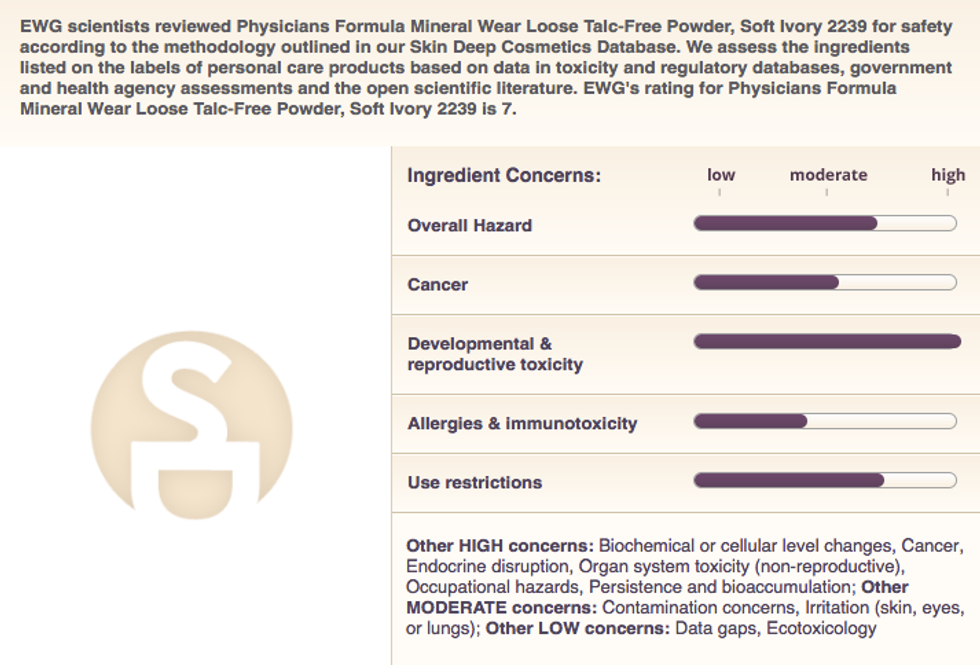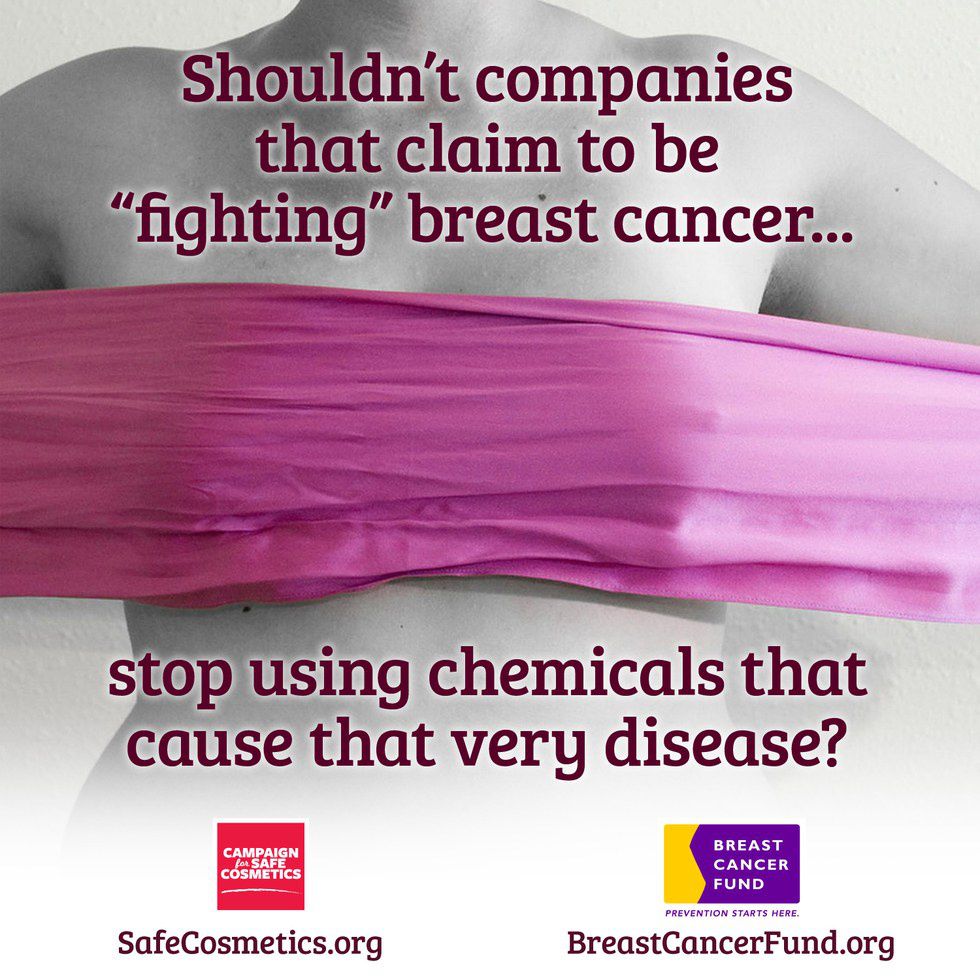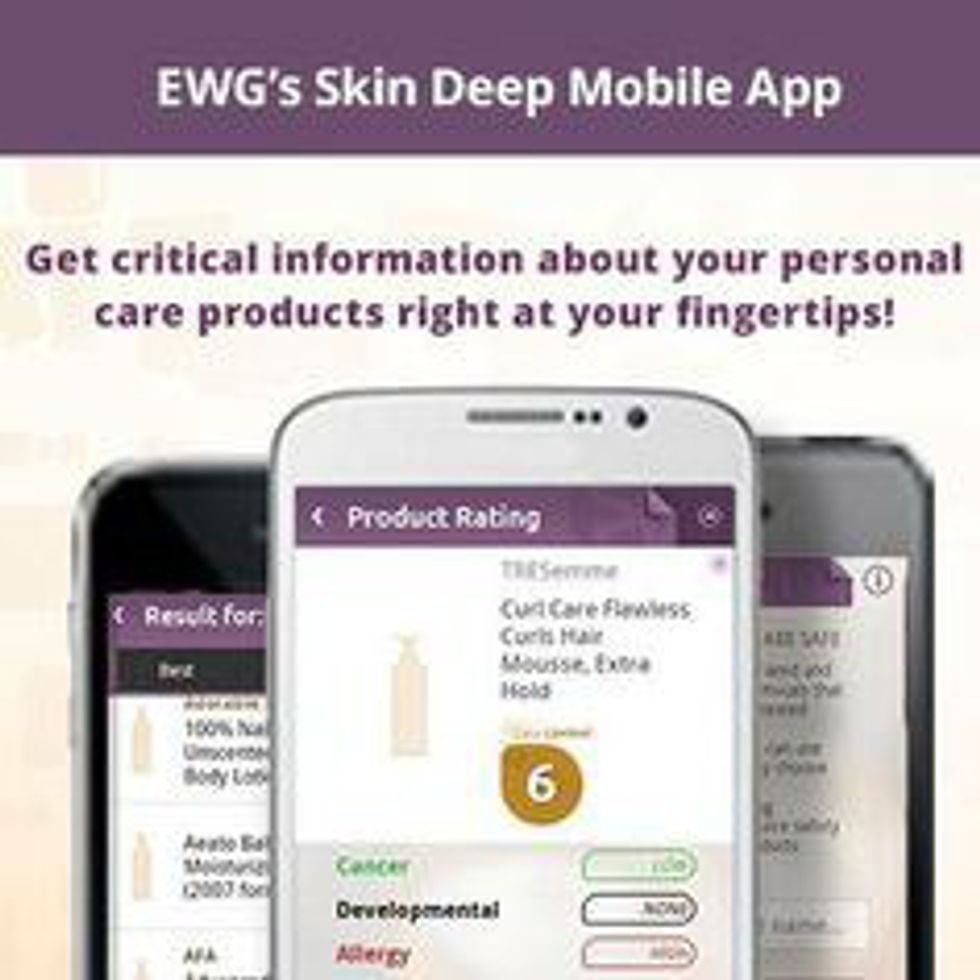Have you ever looked at the ingredients on a bottle of foundation, face powder, bronzer, or any other cosmetic? Trust me once you do, you will wish you hadn't. You will likely see chemical names that you cannot pronounce, or haven't even heard of before. As scary as this is, to stay informed is to stay safe, which is why it is necessary to take a closer look at your makeup, and try to purchase products with the least harmful ingredients.
I always thought my makeup was relatively safe, as I regularly purchased Neutrogena, Physician's Formula, and CoverGirl products, brands that capitalize on the "naturalness" of their products. However upon further inspection of my Physician's Formula Mineral Powder, I saw ingredients such as propylparaben, methylparaben, and tocopheryl acetate, just to name a few. I started to look up the chemicals in my products and was shocked and disgusted to find that many of them were known or suspected carcinogens, endocrine disruptors, reproductive toxins, allergens, irritants, and even environmental toxins.
Using the Environmental Working Group's (EWG) Skin Deep database, I realized that my mineral powder was certainly not as safe as I had thought. In fact, almost all of my cosmetic products contained at least one product that could cause adverse health effects overtime.
If only one product can contain such harmful ingredients, what happens when you wear multiple products? When I go out I often wear primer, foundation, mineral powder, bronzer, highlighter, blush, eye shadow, eye liner, mascara, and lipstick if I am really feeling it. When you multiply the effects of wearing a few harmful products that are directly absorbed into your skin, they become a potential danger. After years of exposure, such chemicals can accumulate, potentially contributing to cancer and other detrimental health problems.
Why are harmful products allowed on the market?
The FDA does not actually regulate or have jurisdiction over cosmetics, except for color additives, which are regulated. On its website, the FDA states, "neither the law nor FDA regulations require specific tests to demonstrate the safety of individual products or ingredients." That makes you feel pretty safe, doesn't it?
It is truly sad to think that the FDA is turning a blind eye by allowing unsafe ingredients into products and subsequently into women's bodies. Is it really a surprise that breast cancer rates have skyrocketed and that now one in eight women (approximately 12 percent) will develop breast cancer during their lifetime? Given the toxins in our makeup alone, I believe cosmetics and other environmental injustices are a central cause of increasing cancer rates. Instead of focusing only on genetic risk factors, it is time that we hold cosmetic companies and the FDA accountable.
Now, I am sure many of us have seen that cosmetic companies (even those whose products contain carcinogens) often have pink ribbons plastered on their products to support breast cancer awareness. If that is not a slap in the face, then I don't know what is. How can companies "support" breast cancer awareness when their own products contain materials that can contribute to cancer?
Avon, an avid supporter of breast cancer research and awareness states, "there is no widely accepted evidence" that parabens mimic estrogen activity and can contribute to cancer. Yet the Breast Cancer Fund, an organization dedicated to publicizing the growing body of evidence linking breast cancer to environmental exposures, writes that "measurable concentrations of six different parabens have been found in biopsy samples from breast tumors." Studies have shown that some parabens do indeed mimic estrogen activity by binding to estrogen receptors and can, in turn, increase tumor growth when grown with tumor cells in vitro.
Though there is disheartening information on cosmetics and a lack of regulation, there is still hope. Many agencies are lobbying and pushing for FDA regulation and stricter laws. There are products available that are paraben and phthalate free, offering a safer alternative to concerned customers. You can also check the paraben content of your current cosmetics using the Skin Deep database, or search for products on their site that are free from harsh additives and chemicals.
It is time to hold the $35 billion cosmetic company responsible and demand higher standards for products.
























